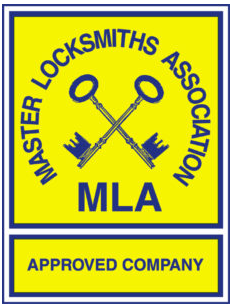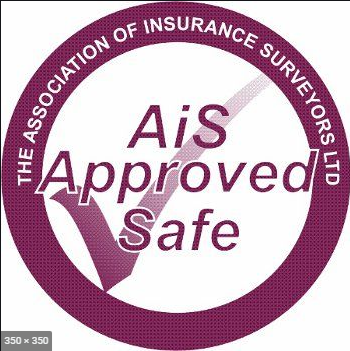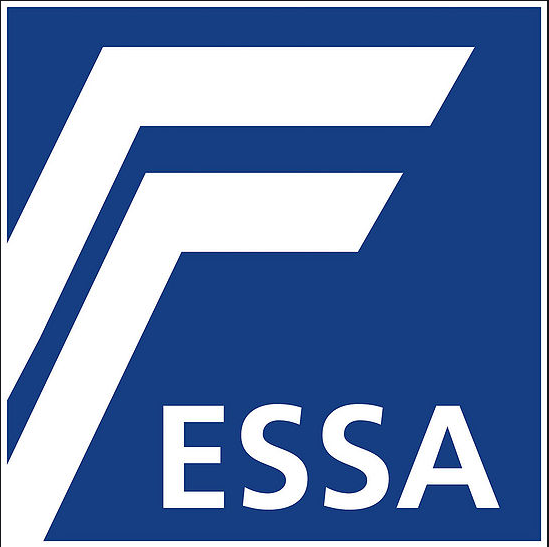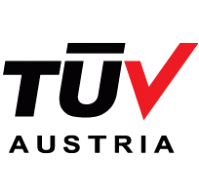Fire protection in your home
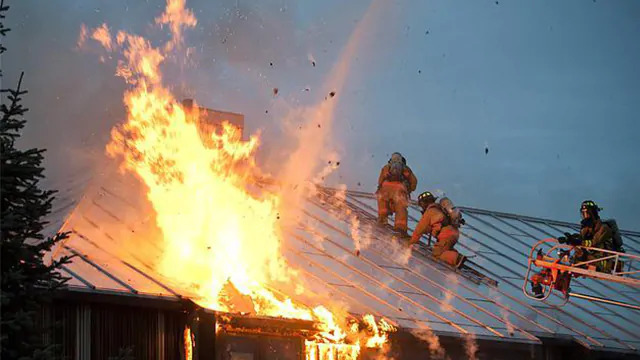
Fire – fascinating and dangerous at the same time!
Again and again there are headlines in which fire plays the leading role, often with devastating consequences.
If your home falls victim to a natural disaster or a common arson, you are powerless, but many causes of fires can be traced back to human error, defective electrical appliances, incorrect storage of flammable materials, etc.
We give you some tips for fire prevention so that the fire brigade does not have to be called out.
FIRES CAUSED BY CARELESSNESS
- Cigarettes that have not been properly vaped
- Hot oil on the stove
- Candles
CIGARETTES
A carelessly thrown away or poorly extinguished cigarette can cause enormous damage. Far too often it is the cause of a burned home or a huge forest fire. Every cigarette should be properly extinguished. Smoking in the bedroom should be a no-go, the risk of falling asleep is too great - apart from the bad air in the bedroom.
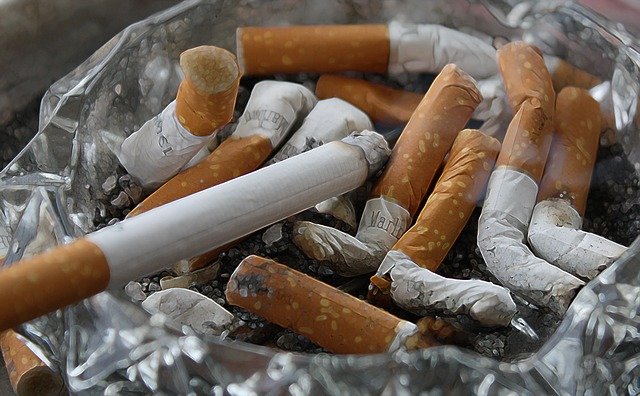
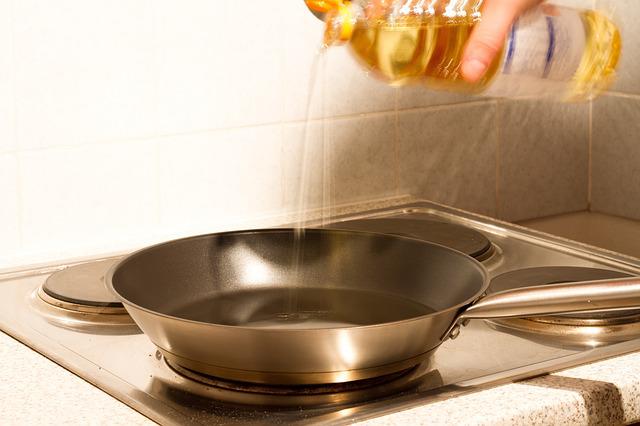
OILS AND FATS OVERHEAT ON THE COOKER
Most fires start in the kitchen. When roasting, baking and cooking, hot temperatures arise because the stovetop or oven is switched on. As long as the cooker and pipe are supervised, the danger is manageable because you can intervene immediately. The risk of fire increases when people leave the kitchen. That famous phone call, the doorbell ringing, or some other distraction - you get lost in the conversation or start another job and just forget that the oil or fat on the stove is getting hotter and hotter.
The ability to remember only comes back when an unpleasant odor can be perceived or thick clouds of smoke draw your attention - oh yes, there was a pan by the stove!
Whenever you call/ring the doorbell, go into the basement or garden, or look after a child, turn the stove off or at least the pan/pot away from the hot plate.
Useful stove guard: Be careful that children cannot get hold of hot pots and spill the contents on them - scalds and burns are extremely painful, heal slowly and leave scars, at worst they are fatal. Secure your stove with a stove guard - it prevents direct access to hot pots.
CANDLES
Candles create a special atmosphere, beautify the home (decoration), are on the cake, the Advent wreath or the Christmas tree. They are symbols of life (baptism, marriage) and death - memorial candles for loved ones who have passed away. As with all flammable objects, the same applies here - a candle must be extinguished as soon as the room is left!
Why do fires increase in the run-up to Christmas? Because the burning candles on the Advent wreath are forgotten and small tea lights are often underestimated. Especially tea lights are considered harmless. Have you ever thought that a pet or a gust of wind can knock over a tea light?
LED flames deceptively real and harmless
An alternative to combustible candles and tea lights are LED products. The LED flames can hardly be distinguished from real flames. This is particularly useful for older people whose memory is no longer reliable. You can safely set up candles with LED flames, enjoy the Advent wreath lights for hours - nothing happens anymore. They no longer have to think about putting out the flames, a great relief in their everyday life and that of their relatives, who now go through life with more peace of mind.
Matches and lighters should be kept out of the reach of children so they are not tempted to light a candle themselves.
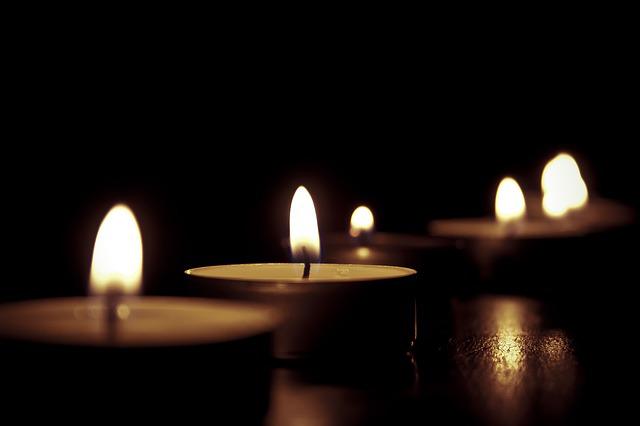
DEFECTIVE ELECTRICAL DEVICES – TAKE THEM AWAY!
Get rid of your electronic devices if you find that they are no longer working properly. Broken cables or overheating lead to fires. Press the off button as soon as you leave the room.
Hair dryers, toasters, blenders, irons - talk to a specialist about whether a repair makes sense or whether buying a new one is the better decision. When buying, only decide on tested electrical devices with an electrical test mark (VDE = Association of German Electrical Engineers). Electrical devices with this certificate have been thoroughly tested and found to be harmless.
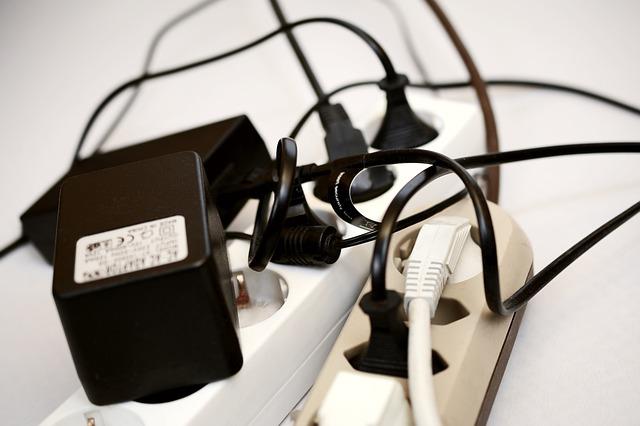
Devices with test marks – pay attention to quality
The ENEC mark is valid throughout Europe, the GS mark (tested safety) only in Germany. The CE mark is not actually an electrical test mark, but is issued independently by the manufacturer. In doing so, he declares that the device meets the European directives – therefore no products without a CE mark may be distributed within the EU.
The multiple socket hangs in the multiple socket and this on the plug? You have to be careful! The power limit of a multiple socket is already reached at approx. 3500 watts. A coffee machine needs about 1,500 watts, a toaster 1,000 watts, a kettle 2,000 watts and a washing machine 2,500 watts. Large consumers, such as washing machines or tumble dryers, belong in individual sockets. Overloading multiple sockets can lead to fires.
Battery under supervision
Many devices use a battery (cell phone) to charge them so they can work without a mains power supply - if a charger gets too hot, it can overheat and burst into flames. During the charging time, stay in the room and check the temperature of the battery regularly. If it noticeably gets hot, then something is wrong and it is better to dispose of the old device. (The Rottner battery heat detector emits a signal tone when the battery gets too hot.
FLAMMABLE SUBSTANCES - KEEP SAFE
Flammable materials - paints, oils, varnishes, cleaning agents, etc. - must be stored in such a way that they do not come into contact with fire. Even when working with a risk of fire, such as welding or grinding, where sparks can fly, do not work next to combustible materials.
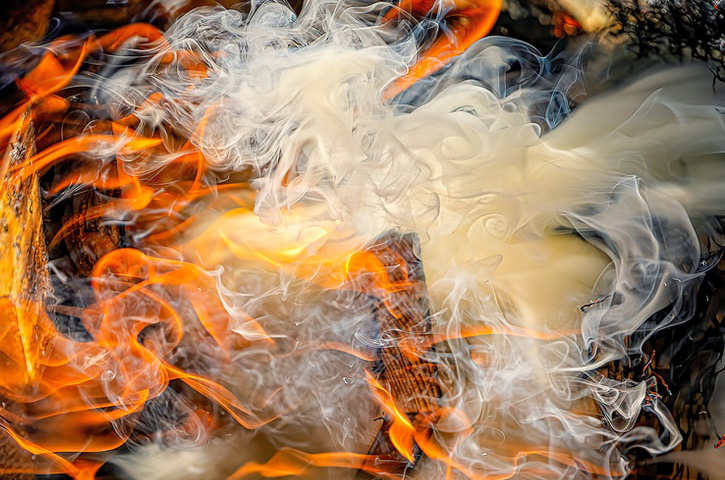
SMOKE – OR FIRE DETECTORS
If, for whatever reason, a fire does break out, it is important that it is discovered as quickly as possible.
The installation of smoke detectors, preferably in every room, is a cheap option and is already required by law in various federal states. If a lot of smoke develops, an acoustic signal sounds. The constant beeping is heard and the probably small seat of the fire can still be extinguished without the fire brigade.
In residential complexes or public buildings, wireless smoke detectors are installed, which are connected to each other. If a device reports a fire, the alarm is passed on to all wireless smoke detectors. Buildings that are particularly at risk, such as schools, hospitals, retirement homes, airports, train stations, etc., are equipped with a fire alarm system that automatically forwards the alarm to the fire brigade or activates built-in fire extinguishing systems.
Smoke detectors must be dusted/cleaned or fitted with a new battery from time to time. The end of the battery is displayed approx. 30 days beforehand. The minimum volume must be 85 dB for the device to be heard. Also pay attention to the test mark of the VdS when buying.
FIRE EXTINGUISHER
How is a room fire extinguished? The right means for this are a fire protection blanket (private area) and a fire extinguisher, not tap water.
Next to the stove is the right place for the fire blanket, which is simply taken out of the holder and thrown over the flames. It smothers the flames as the oxygen is separated from the combustible material
There are different types of fire extinguishers:
- powder fire extinguisher
- foam extinguisher
- grease Fire Extinguisher
- metal fire extinguisher
- water fire extinguisher
- C02 fire extinguisher
In order to know which fire extinguisher is suitable for your own household, you first have to deal with the fire classes. On the respective fire extinguisher it is indicated for which fire material/fire class the content is suitable for extinguishing.
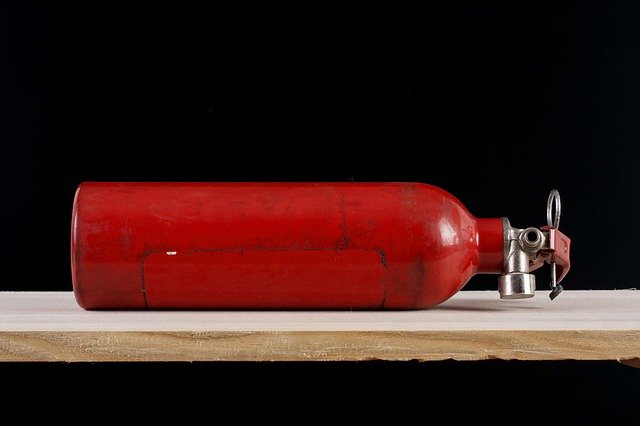
A fire extinguisher with fire class A extinguishes e.g. combustible solid materials, including wood, paper, rubber, types of plastic, straw, textiles.
The extinguishing content is intended for flammable liquid or liquefying substances such as petrol, alcohol, paint, oil, tar.
is used to extinguish gaseous substances such as hydrogen, acetylene, propane, methane, etc.
Used to extinguish combustible light metals (aluminium, magnesium) that react with water.
For extinguishing grease fires - vegetable or animal oils and fats, such as those used in deep fryers.
A fire extinguisher marked ABC means that it is suitable for extinguishing class A to C fires.
The fire extinguisher should be easily accessible and not in some hiding place. The operating instructions must be read carefully. There are always training courses at the fire brigade on how to use fire extinguishers and the like correctly, what to do in the event of a fire, etc. Take your time for this. If you are prepared for an emergency, you will not panic and will react calmly and correctly in the event of a fire.
Fire extinguishers should also be located on escape routes and in stairwells and should be available in sufficient numbers. An inspection must be carried out every 2 years.
A distinction is also made between charging and permanent pressure extinguishers. The permanent or standard extinguisher is immediately ready for use and only needs to be unlocked. With the charging fire extinguisher, the extinguishing agent and propellant gas are housed separately, little additional effort when activating.
BUILDING FIRE PROTECTION
We only touch on this topic in passing - if you are about to build a house, you must ensure that combustible materials are stored properly on the construction site and that work that poses a fire risk does not take place in the vicinity.
Organizational fire protection deals with preventive measures to ensure that a fire does not break out in the first place. Everything must be recorded in writing in the fire protection documentation – who is allowed to go to the construction site and when, how the trades are to be scheduled, when particularly hot work is to be carried out, how to act in the event of an evacuation, where the escape routes are located, etc.
Technical fire protection is about installing systems that allow fires to be detected at an early stage.
Shell construction, partial completion, final phase - the fire protection must be adapted to the respective course, since each construction phase harbors different hazards.
FIREPROOF SAFES
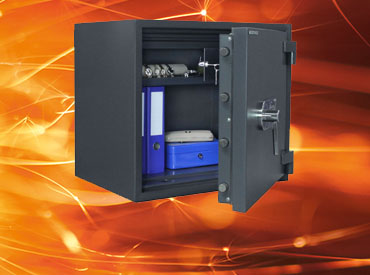
There will be things that are particularly close to your heart that you absolutely must survive a fire. Important documents such as birth or marriage certificates, proof of citizenship, certificates, contracts are needed again and again and recovering them after loss is annoying and time-consuming. You no longer want to be without jewellery, cash, expensive electronic devices or personal mementos (letters, photo albums, medals, etc.).
Most safes only have limited fire protection (fire fold) or none at all. Only certified fire safes that have been thoroughly checked are fireproof. Paper documents and/or data backup media are safe from fire for 30, 60 or 120 minutes. With the marking "P" the fire protection refers to paper, with "DIS" to data carriers.
The fire protection safes are exposed to high temperatures at which the internal temperature must not rise above a certain number of degrees. The UL test (Underwriters Laboratory Fire Endurance Testing) is used for paper, the ETL test (Semko Fire Testing for digital media) for data carriers (CDs, DVDs, memory sticks, USB drives, etc.). Here you can find more detailed information:
SUMMARY
-
Stay alert and don't get distracted as soon as a fire source is on (stove, electrical appliances, candles, etc.) or a cigarette is burning.
Repair or new purchase of defective electronic devices.
Store combustible materials safely and separately from other materials.
Equip your home with smoke detectors, fire extinguishers, etc
Organizational and technical fire protection on construction sites
Fireproof safe for storing documents and important items

